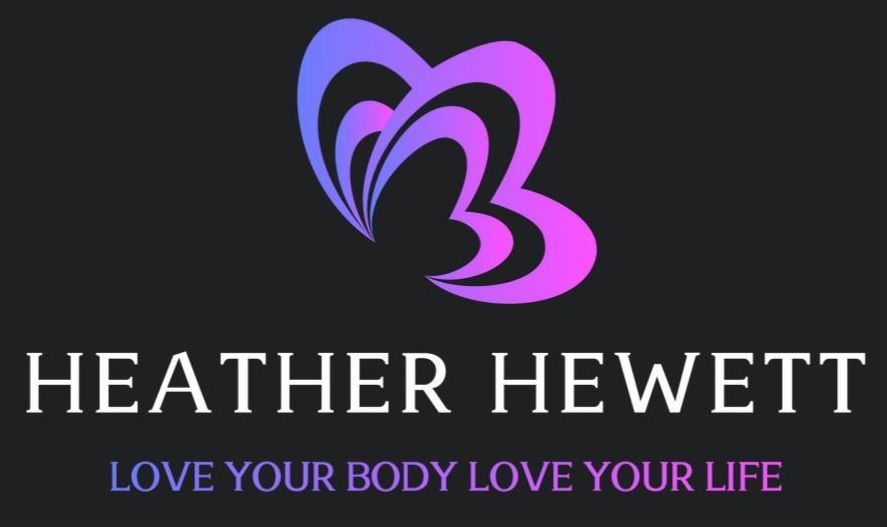The Emotional Eating Cycle
The
emotional-eating cycle is something many people struggle with, even if they don’t realize it.
You feel stressed, lonely, or anxious, and suddenly, food feels like the easiest comfort. For a few moments, you feel better. Then comes the guilt, the regret, and the promise that
“next time will be different.”
But somehow, the same loop keeps repeating.
If this feels familiar, take a deep breath. You are not weak; your body is simply trying to protect you. Once you understand what the emotional-eating cycle really is, you can start to break it gently, without shame or restriction.
What Is the Emotional-Eating Cycle?
The
emotional-eating cycle is a pattern in which you eat to manage feelings, rather than hunger.
When emotions rise and your body feels unsafe, food becomes an instant way to calm your nervous system.
Here’s what that pattern often looks like:
- A trigger: Something emotional happens, stress, sadness, or boredom.
- A craving: Your brain sends signals to find quick comfort.
- Eating: You turn to food to soothe, even when you’re not hungry.
- Relief and guilt: The calm fades, leaving shame and self-blame.
It repeats because the brain learns that food = safety. So even when it doesn’t help long-term, your body keeps choosing it.
Why It Keeps Repeating
The emotional-eating cycle doesn’t continue because you lack control; it continues because of how the brain and body react to stress.
1. Stress hormones take over
When you’re under pressure, your body releases cortisol.
Cortisol increases hunger and cravings for sugary or fatty foods. It’s part of your body’s natural “survival” plan, giving you quick energy.
But when stress is emotional, not physical, those extra cravings aren’t helpful; they just repeat the pattern.
2. Emotions get stored, not solved
When you ignore or numb emotions, they stay in your body.
Food can give quick relief because it triggers dopamine (the “feel-good” chemical).
But since the real feeling isn’t processed, the craving soon returns.
3. Shame fuels more eating
After emotional eating, many people feel guilty. That guilt causes more stress, which triggers new cravings, a cycle that feeds itself.
How to Know You’re in the Emotional-Eating Cycle
You might notice:
- You eat when you’re bored, sad, or anxious, not hungry.
- You crave specific comfort foods like sweets or chips.
- You feel bad after eating and promise to “do better” next time.
- You often use food to relax or escape.
If this sounds familiar, you’re not alone. Recognizing it is actually the first step toward healing because awareness brings choice.
5 Gentle Steps to Break the Emotional-Eating Cycle
These steps will help you reconnect with your body and calm your nervous system, the real key to breaking the cycle.
1. Pause and name the feeling
When you notice a craving, pause for a few seconds.
Ask:
“What am I really feeling?”
Maybe it’s stress. Maybe it’s loneliness. When you name your feeling, your brain begins to calm down because it feels seen.
2. Breathe before you eat
Your body can’t tell the difference between emotional danger and physical danger.
Try this quick reset:
- Breathe in slowly through your nose for four counts.
- Hold for two.
- Exhale gently through your mouth for six counts.
Do this for 60 seconds. It lowers cortisol and makes it easier to choose what your body truly needs.
3. Offer a different kind of comfort
Instead of fighting the craving, give your body another soothing signal.
You can:
- Take a short walk
- Stretch your shoulders
- Listen to music you love
- Step outside for sunlight or air
These small choices teach your brain that comfort can come from movement, breath, and connection, not just food.
4. Replace guilt with curiosity
If you do eat emotionally, don’t punish yourself.
Say,
“I was trying to help myself feel better.”
Then ask what you needed in that moment. That reflection builds self-trust instead of shame, and self-trust breaks the cycle faster than any diet.
5. Build a daily “safety anchor”
Create one small daily routine that reminds your body it’s safe.
Try:
- Journaling for 3 minutes each morning
- A gratitude list before bed
- Slow, mindful breathing before meals
When your body feels calm and safe, emotional cravings fade naturally.
When You Need Deeper Support
If you’ve tried everything and the emotional-eating cycle still feels stronger than you, that’s okay.
It means your nervous system needs deeper healing, not more control.
That’s why I created The Butterfly Event eBook, a step-by-step guide that helps you understand your body’s signals, calm your mind, and find peace with food.
Inside the eBook, you’ll discover:
- The real reason emotional eating begins
- How your nervous system drives cravings
- Simple practices to create calm and self-compassion
👉 Get The Butterfly Event eBook here and start your healing journey today with tools that actually work.
Common Questions
Is emotional eating always bad?
No. Everyone does it sometimes. The goal isn’t to never eat for comfort, it’s to have more ways to comfort yourself that don’t involve food.
Can mindfulness really stop emotional eating?
Yes. When you pause and notice what’s happening, your body gets a chance to choose differently.
What if I keep going back to old habits?
Healing isn’t about being perfect; it’s about noticing faster, being kinder, and trying again. Every time you practice awareness, you’re growing.
Final Thoughts: You’re Not Broken
The emotional-eating cycle is not something to
“fix.”
It’s your body’s way of asking for care, calm, and compassion.
When you stop fighting your cravings and start listening to them, you discover what you really need: peace, safety, connection.
Every gentle choice counts.
Every breath, every pause, every kind word to yourself is progress.
And when you’re ready to go deeper, The Butterfly Event eBook is there to guide you step-by-step from self-blame to self-trust, and from survival to peace.
About the Author
Heather M. Hewett is a Board-Certified Traditional Naturopath and Clinical Nutritionist with over 22 years of experience in holistic health and wellness. She is also a certified somatic trauma therapist and the author of Natural Health Simplified. Heather specializes in gut microbiome nutrition, weight loss, and somatic emotional regulation, offering an integrated approach that fosters emotional resilience and autonomy.
Having personally overcome challenges such as binge eating, a 100-pound weight gain, and autoimmune conditions like Hashimoto's Thyroiditis, Fibromyalgia, and Sheehan's Syndrome, Heather brings a compassionate and experiential perspective to her work. Her journey of transformation has led her to help others, particularly highly sensitive and neurodivergent individuals, reclaim their health and happiness
.Through personalized one-on-one coaching and group programs like "Love Your Body, Love Your Life!", Heather empowers clients to build self-awareness, develop emotional regulation tools, and cultivate emotional resilience. Her approach combines science-backed principles with a nurturing environment, guiding individuals towards a life filled with vitality and authenticity





